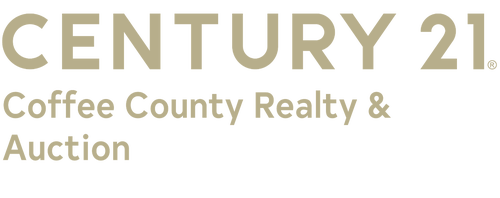In the journey of purchasing a home, navigating through the financial aspects can be as daunting as searching for the perfect place to call home. Among the critical steps is understanding “how much can I afford”. You might hear “pre-approval and pre-qualification” and wonder which one do I do. While both are essential in the home buying process, they serve different purposes and offer varying levels of commitment from lenders. Let’s delve into the distinctions between the two and explore why obtaining a mortgage pre-approval holds significant advantages.
Mortgage Pre-Qualification: The First Step
Mortgage pre-qualification is often the initial step taken by potential homebuyers. It involves providing basic financial information to a lender, such as income, assets, and debts. Based on this information, the lender offers a rough estimate of how much you may be able to borrow. Pre-qualification typically doesn’t involve a deep dive into your credit history or require extensive documentation.
Key Points:
- Informal Assessment: Pre-qualification offers an informal assessment of your borrowing capacity based on the verbal information provided.
- No Verification: Lenders typically don’t verify the information provided during pre-qualification.
- Non-binding: Pre-qualification is non-binding, meaning it doesn’t guarantee a loan approval or specific loan terms.
- Initial Guidance: It provides initial guidance on the price range of homes you can consider.
Mortgage Pre-Approval: A Stronger Commitment
On the other hand, mortgage pre-approval involves a more thorough assessment of your financial situation by the lender. It requires you to complete an official mortgage application and provide documentation supporting your income, assets, employment history, and credit history. The lender then verifies this information and issues a conditional commitment for a specific loan amount.
Key Points:
- Formal Application: Pre-approval involves completing a formal mortgage application and providing extensive documentation.
- Credit Check: Lenders conduct a credit check during pre-approval to assess your creditworthiness.
- Conditional Commitment: Pre-approval provides a conditional commitment from the lender, stating the amount you’re approved to borrow, subject to certain conditions.
- Competitive Advantage: Having a pre-approval letter demonstrates to sellers that you’re a serious buyer with financing already secured, giving you a competitive edge in a competitive market.
- Accurate Budgeting: With a pre-approval in hand, you have a clearer understanding of your budget and can confidently shop for homes within your price range.
Why Pre-Approval is Better:
While both pre-qualification and pre-approval offer insights into your borrowing capacity, pre-approval holds distinct advantages:
- Certainty in Budgeting: With pre-approval, you have a precise understanding of how much you can borrow, enabling you to search for homes within your budget confidently.
- Stronger Negotiating Position: Sellers often prioritize offers from pre-approved buyers, as they indicate a higher likelihood of closing the deal without delays.
- Faster Closing Process: Since much of the paperwork and verification are already completed during pre-approval, the mortgage process tends to move more quickly, allowing for a faster closing.
- Avoidance of Disappointment: Pre-approval reduces the risk of disappointment later in the process, as you’re less likely to encounter unexpected hurdles or loan denials.
Check out the CENTURY 21 Lending Mortgage Calculator to get an idea of your potential budget.


 Facebook
Facebook
 Twitter
Twitter
 Pinterest
Pinterest
 Copy Link
Copy Link


